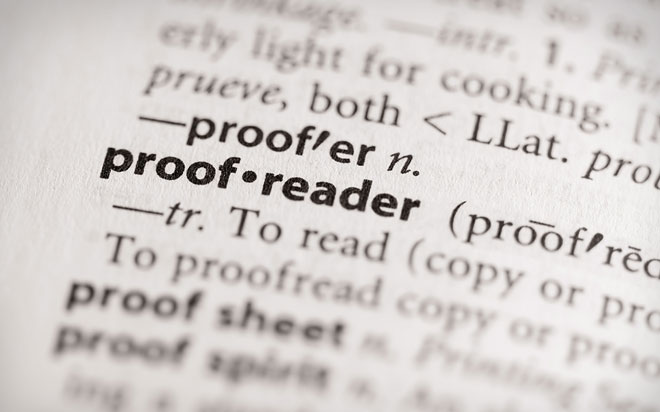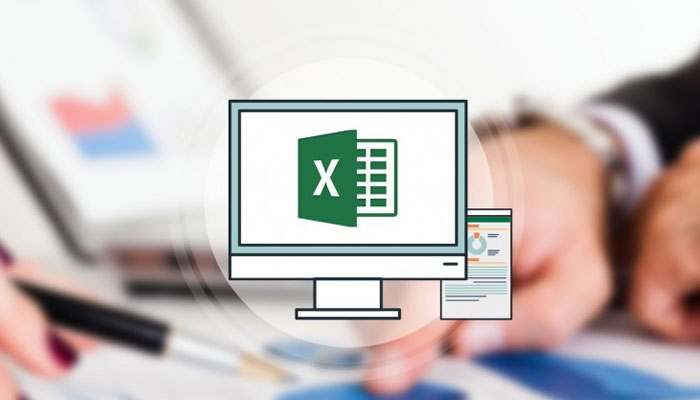
Aug 11, 2015
Almost everyone who uses Microsoft Word has used spellcheck to fix spelling mistakes in their documents. However, when spellchecking a document you have several choices if a word is technically ‘correct’ but Word’s spellcheck doesn’t recognise the word as a valid word. Microsoft Word looks at the word and checks if it is in Word’s dictionary. If it isn’t Word marks it with a red wavy underline.
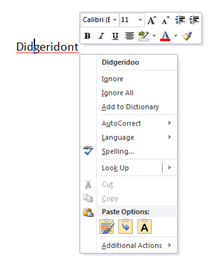
If you right click on the word with the wavy underline you get the following options:
- “Ignore” means mark this instance of the word as correct and remove the red wavy line.
- “Ignore All” means treat all instances of that word in this document as correct.
- “Add to Dictionary” means add that word to a custom dictionary so that this version of MS Word never marks that word as wrong again.
If you use the Spellcheck button on the Review tab you get this menu which provides the same choices.
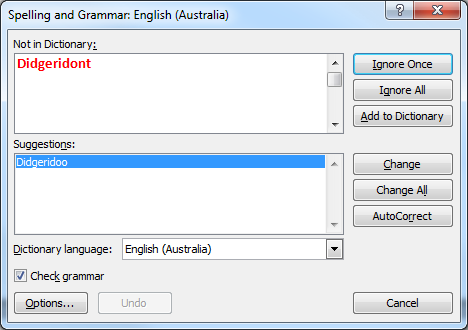
So if you do accidentally Ignore All or Add to Dictionary on a word that you didn’t mean to, how do you undo that?
To get Word to recheck a document and redraw the red underline underneath words that you have already chosen to Ignore or used Ignore All on, do this:
- File – Options – Proofing
- There is a Recheck Document button. When you click on it, Word comes up with this message:
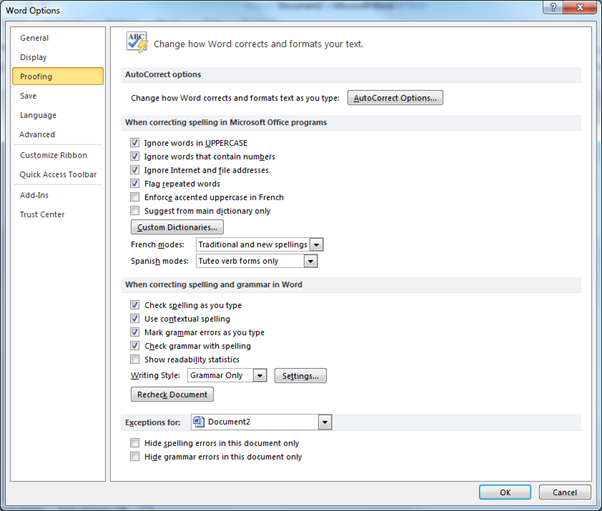

This warns you that Microsoft Word is going to reset any words that you marked with Ignore or Ignore All so that they have a red wavy underline again. This does the entire document, so it is a bit of an all or nothing option.
If you accidentally Add to Dictionary a word, how can you remove it from this custom dictionary (or add more words to that custom dictionary if you want)?
- Go File – Options – Proofing
- And click on the Custom Dictionaries button.
- If you click on Edit Word List then you can add or remove extra words to this custom dictionary.
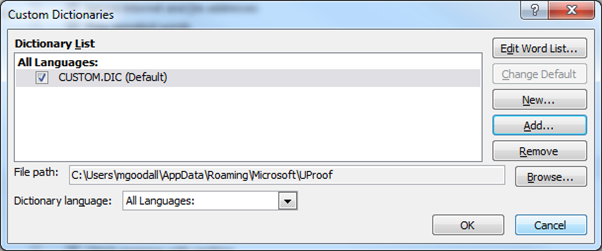

You can also see the path of where this custom dictionary file lives on your computer. The file lives in your personal application data user settings. In my case:
C:UsersmgoodallAppDataRoamingMicrosoftUProof
This file is actually a text file that you can take a copy of and take with you if you move computers.
So now that you know where Microsoft Word stores those ‘custom’ words, you should feel comfortable adding or removing words to your custom dictionary.
How do your Excel skills stack up?
Test NowNext up:
- How do you honk?
- Remote Events in SharePoint 2013
- Excel – Weighted Average Calculation
- Exchange Online Protection and Evolution
- Create a Custom Tracking View in Project 2013
- 5-steps to conducting quality feedback sessions
- Automate a table of contents in InDesign
- Implementing and administering AD RMS
- Multiple Desktops in Windows 10
- Easily sample and transfer colours between objects in InDesign
Previously
- The grid system of Bootstrap
- Dude, Where’s My Ruler?
- “Hey, Cortana”
- When it’s not harassment
- The Many Flavours of Windows 10
- Easily Create Complex Illustrations with Basic Tools and Pathfinder Commands in Adobe Illustrator
- Excel – Fill in the Blanks
- Introducing Windows 10!
- Good news…about delivering bad news!
- Connector Enhancements in Office 365


